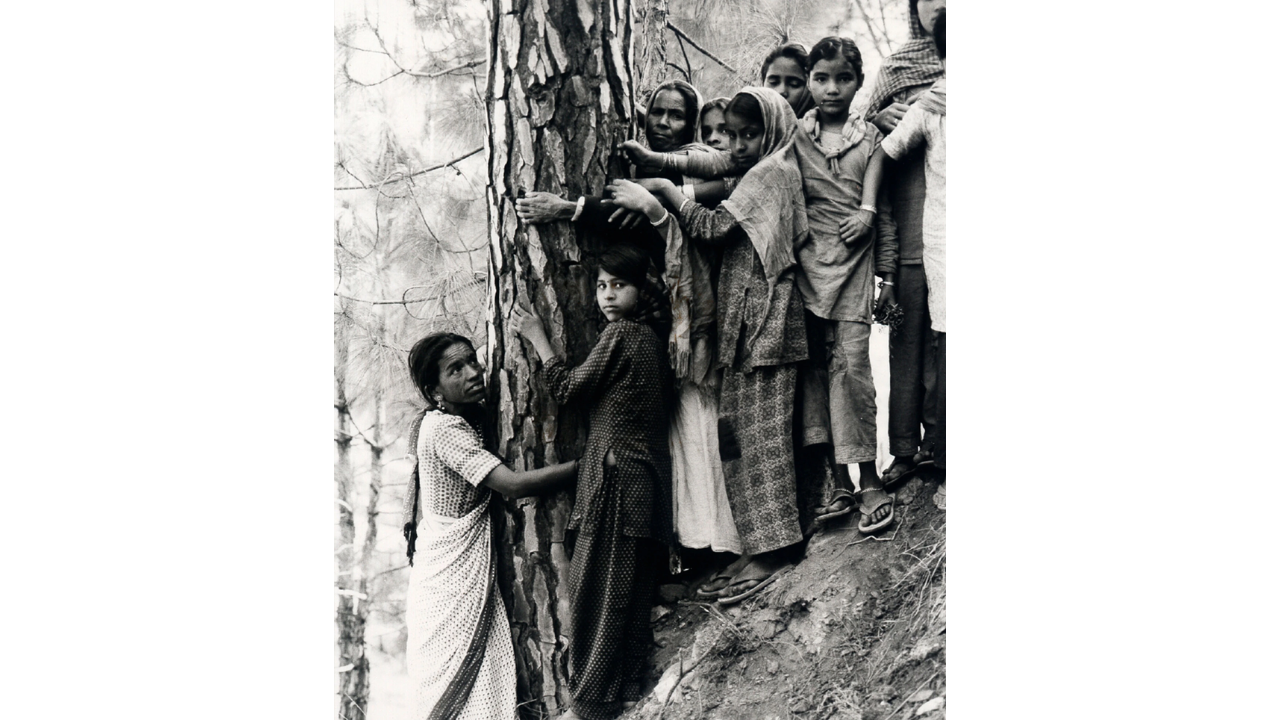The Chipko Andolan was a peaceful protest in India during the 1970s. People, especially women in rural areas, hugged trees to stop them from being cut down by the government for logging.
Indian villagers, who rely on forests for their lives, used non-violent methods, like Mahatma Gandhi did, to stop the destruction. It spread across India and became organized as the Chipko Andolan.
People in the movement hugged trees to stop them from being cut down. Many women from rural areas led the movement because they depend a lot on forests. They used songs to spread their message to other villagers. Even though it spread across India, it stayed mostly local and organized by the people themselves.
Some leaders became important in the Chipko Andolan. One of the most famous ones was Sunderlal Bahuguna. His work had a big effect on India’s environmental policies, especially in protecting forests in the Himalayan region.
Background
After a border conflict in 1963, Uttar Pradesh in India saw a lot of development, especially in the rural Himalayan areas. Foreign companies wanted to log in these regions, which caused problems for the villagers who depended on the forests for their needs. The government wouldn’t let them manage the forests or use the wood. Bad logging practices led to floods, erosion, and other issues.
The Movement
In 1973, near Mandal village, people protested when a company got permission to cut trees instead of the villagers who needed them. They hugged the trees to stop the loggers. The government listened and stopped the logging. This success led to more protests, like one in Reni where women stopped the loggers from cutting trees. These protests led to a ban on logging for ten years.
The Chipko movement became known for its peaceful tactics, like hugging trees and fasting, inspired by Mahatma Gandhi’s ideas. It spread to many villages, and by 1979, there were over 150 protests. The biggest success was in 1980 when the Prime Minister banned logging in the Himalayas for fifteen years.
Lasting Impacts
The Chipko Andolan evolved into the “Save Himalaya” movement, focusing on protecting the entire environment. In the 1980s, protests targeted projects like the Tehri dam and mining, leading to some closures. Reforestation efforts planted over a million trees. In 2004, protests restarted when logging bans were lifted, but they didn’t succeed this time.
Also Read:

